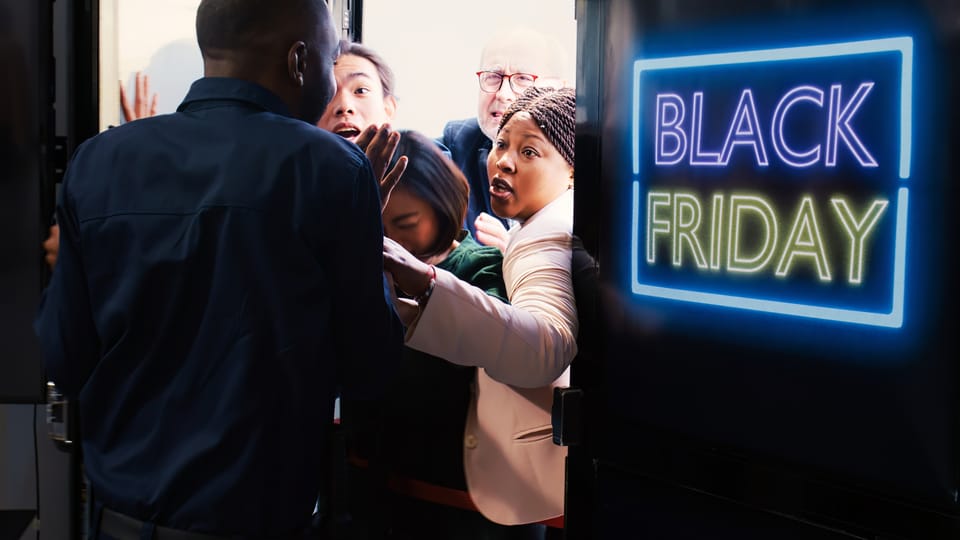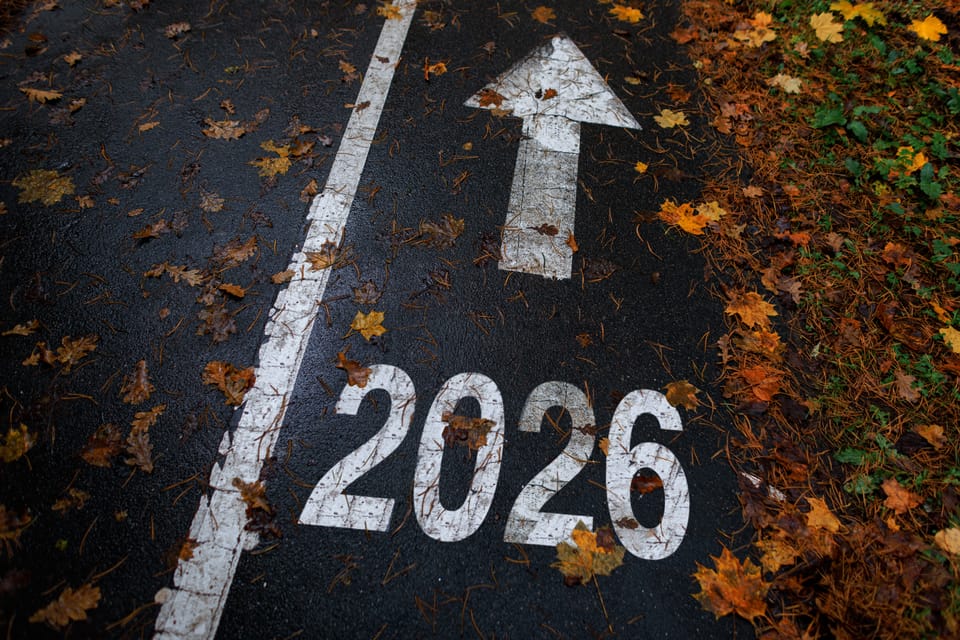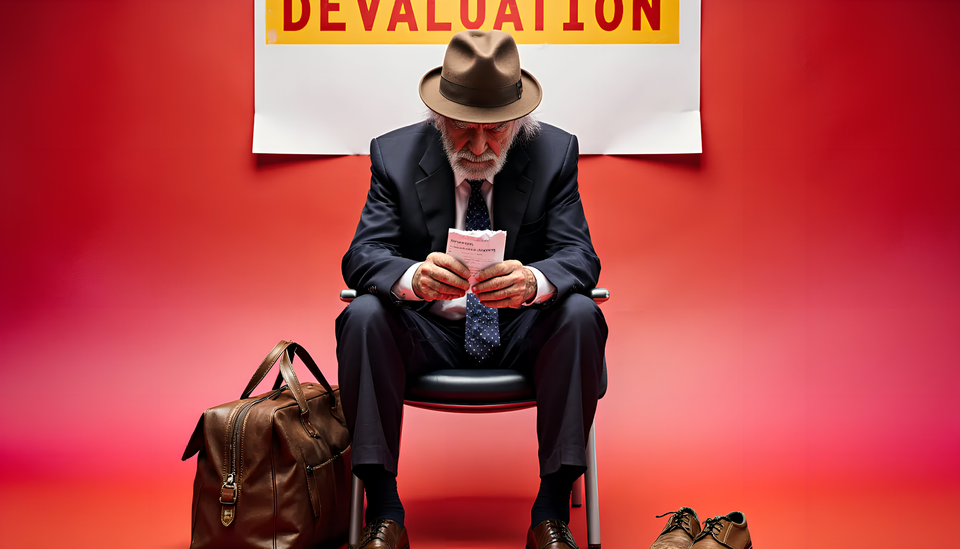What Your Favorite Influencer Gets Wrong About Points
Influencer tips on “free” luxury travel often skip the hard truths: scattered points, unusable perks, and misaligned cards. Real reward strategy requires mapping spend, timing redemptions, and treating loyalty like currency—not content. Ignore hype, build systems.


If you only had 60 seconds to read this article (Click Here)
Influencers make award travel look effortless—metal cards, luxury lounges, first-class suites—all “paid” for with points. But the reality behind the camera is far less glamorous. Their advice often ignores business-specific needs, changing program rules, and the real cost of poor strategy.
Simply signing up for the flashiest card won’t maximize your returns. You need to align your card portfolio with your actual spending categories. That means forecasting your next 12 months of expenses, segmenting fixed vs. variable costs, and selecting cards that deliver outsized value on your heaviest categories—not someone else’s.
Cashback isn’t always safer. When used strategically, transferable points can yield 3–5× more value than flat-rate rebates—especially on business-class international travel. But that requires knowing how and when to transfer, and which partner programs offer the best sweet spots.
Lounge access, flashy as it seems, rarely justifies high fees unless you're flying constantly. And treating miles as vacation perks instead of business tools leaves value on the table.
The bottom line: ignore the noise. Build a system tailored to your company’s spend, review it quarterly like any P&L, and use points to drive real, repeatable value—not just Instagram moments.
Everything else you need to know is just below 👇🏻
Introduction: Beyond the Highlight Reel
Award-travel influencers dominate social-media feeds with glossy vlogs, point-haul screenshots, and promises of “free” luxury. Scroll for ten seconds and you’ll see someone posing in an Emirates First Class suite, swiping a metal card on loop, or boasting about a 150,000-mile sign-up haul accomplished “in an afternoon.” Yet a strange dissonance hangs over this content: if it were really that simple, why doesn’t every entrepreneur, freelancer, or fast-growing startup fly in lie-flat seats for every trip?
Influencer advice often melts down in the crucible of real-world business spending. Regulation changes, dynamic pricing, and issuer rule-sets move faster than a thirty-second reel can explain. The result is a jumble of partial truths that leave companies with orphaned points, annual fees they never recoup, and a warped view of how loyalty programs actually work.
This piece pulls apart the most persistent myths, explains where the popular narratives fall flat, and offers a clear blueprint for turning everyday operational costs into first-class assets—without the smoke and mirrors.
Myth #1: “Just Sign Up for This Credit Card and You’re Set”
What Influencers Say
Influencers showcase a single premium card—often bearing a four-digit annual fee—and frame it as the one step you need to unlock lavish travel. Their pitch leans on two pillars: the eye-catching welcome bonus and the artsy lounge shots that follow.
Why It’s Wrong
Card issuers design bonuses as customer-acquisition baits. Hopping on every offer without a map can:
- Trigger “velocity rules,” shutting you out of future higher bonuses.
- Dilute your credit profile with redundant accounts that lower average age.
- Scatter points across programs that rarely overlap on award charts.
For a consulting firm that drops $30 K monthly on ads, a card with 10× dining points is less strategic than a no-frills business card that yields uncapped 2× everywhere and transfers to multiple alliances. Influencers seldom contextualize that gap.
The Real Strategy
- Segment spend: Break outgoing cash into fixed overhead, variable client costs, and growth initiatives.
- Layer cards: One primary accelerator card + one flexible currency workhorse beats a jumble of half-useful plasticky swag.
- Stress-test liquidity: Points cannot pay rent. Ensure every new card’s float aligns with cash-flow cycles so you dodge interest traps while collecting.
Myth #2: “Transfer Partners Are Too Complicated—Just Take Cashback”
What Influencers Say
Because explaining zone-based award charts in a short-form video is risky for engagement, creators often wave away airline partners as “too nerdy.” The fallback recommendation is a flat-rate 2 % cashback card—easy to calculate, easy to show off.
Why It’s Wrong
A 2 % rebate on $500 K annual spend returns $10 K. Respectable? Sure. But that same $500 K, funneled through the right flexible-currency card and transferred to a sweet-spot airline program, can unlock business-class seats that retail for $6 K–$8 K each. Ten seats wiped from the ledger dwarfs a simple ten-grand statement credit.
Compounding matters, influencers underplay devaluation risk. Cashback loses value only to inflation; airline miles fluctuate with every program revamp. Knowing when and where to transfer is a hedge against that volatility.
The Real Strategy
- Build a “transfer tree”: Map flexible currencies (Amex, Chase, Capital One, Bilt) to all partner airlines and hotels.
- Price in nested taxes: A 60 K miles ticket plus $800 in surcharges is often worse than a 75 K miles option with $50 in taxes.
- Exploit stopovers: Many foreign programs still allow multi-city itineraries for the price of a one-way.
Myth #3: “Award Travel Is Only Worth It for Personal Vacations”
What Influencers Say
Content skews toward honeymoons in the Maldives or birthday weekends in Paris. The subtext is that award redemptions live in the realm of leisure.
Why It’s Wrong
Business travel offers predictable, repeatable purchases: trade-show flights, client dinners, hotel blocks for project teams. Predictability breeds scale—and scale breeds arbitrage. When you can anticipate $200 K in airfare next year, every negotiated contract, every multi-player pooling tactic, and every status shortcut compounds.
The Real Strategy
- Central billing portals: Use agency-style booking tools that recognize corporate agreements yet feed loyalty numbers per traveler.
- Status leveling: Stack the highest possible tier for at least one executive assistant or travel manager—then leverage upgrade certificates to buoy morale for staff on red-eye runs.
- Tax efficiency: Many jurisdictions treat miles earned on business spend as non-taxable fringe benefits when redeemed for company travel. Always confirm locally, but leverage where legal.
Myth #4: “Lounge Access Equals Value”
What Influencers Say
The algorithm adores aspirational spaces: mood lighting, endless cappuccinos, and showers in transit. Influencers latch onto lounge access as a proof point of card worth.
Why It’s Wrong
A lounge visit usually monetizes at $30–$50 in catered value. If a company pays $695 annually per card solely for lounge entry, the math breaks unless each cardholder flies monthly. Worse, lounges during peak spikes resemble overcrowded food courts—hardly conducive to prepping a pitch deck.
The Real Strategy
- Negotiate corporate lounge memberships: Many alliances offer volume-based pass packs that trounce individual card fees.
- Leverage Priority Pass restaurant credits: In terminals where lounges hit capacity caps, restaurant credits sometimes preserve value.
- Invest in on-site meeting rooms: At hub airports, renting a private room for an hour costs less than sending four team members into a sardine-packed lounge.
The Bigger Picture: Building a Sustainable Points Ecosystem
Successful reward programs behave like micro-economies. They reward consistent inflow (spend), penalize hoarding (devaluation), and encourage localized trade (partner redemptions). Treating them as such reframes the influencer narrative of “quick hacks” into long-view capital management.
The Three-Bucket Model
- Cash Flow Security (0–3 Months)
- Goal: Liquidity.
- Instruments: 1.5 %–2 % cashback cards, short-cycle statement credits.
- Mid-Term Upside (3–18 Months)
- Goal: Opportunistic premium travel.
- Instruments: Flexible-currency points with diverse partners.
- Long-Term Equity (18 Months+)
- Goal: Elite status, contracted rates, strategic alliances.
- Instruments: Co-branded cards that add predictable bonuses for ongoing behavior (e.g., annual hotel-free-night certificates).
Align spend to buckets, and you can shift resources when market conditions change. Dynamic award pricing spike? Pull back and harvest cashback this quarter. Sweet-spot chart emerges for a new route? Reallocate future invoices to the flexible bucket.
Advanced Tactics Almost Nobody Mentions
Hidden Award Routing Rules
Programs such as Turkish Miles & Smiles or LifeMiles possess liberal routing logic that allows continent-to-continent tickets via out-of-the-way stopovers for no extra miles. Influencers rarely dive in because it takes multiple screenshots and disclaimers to explain.
Mixed-Cabin Sweet Spots
Some charts compute pricing on a per-segment basis rather than whole itinerary. Booking a short hop in economy to unlock a long-haul business seat can shred total mileage by 20 %–30 % without ruining comfort where it matters.
Credit-Line Recycling
Strong business profiles can request credit-line reallocation instead of outright closures when trimming card portfolios—protecting average age and total limits in one stroke.
Phantom Space Monitoring
Award availability often fades between search engines and booking pages. Deploying API-backed tools or old-school ExpertFlyer alerts shields you from cart-snatching heartbreak.
Implementation Roadmap for Businesses
Step 1: Stakeholder Audit
List every employee who books travel, every finance owner approving reimbursements, and every channel (T&E tools, direct booking, agency). Map current pain points.
Step 2: Card Portfolio Build
- One universal cashback card for non-bonused spend.
- One high-multiplier primary (e.g., 4× airfare) tied to a robust transferable currency.
- Optional co-branded card if frequent flyers cluster on a single airline.
Step 3: Policy Codification
Institute rules for booking classes, upgrade eligibility, and mileage pooling. Transparency prevents turf wars over who “deserves” the lie-flat bed.
Step 4: Training & Accountability
Quarterly webinars and cheat sheets trump one-time mass emails. Incentivize compliance by letting employees redeem a portion of accrued points for personal use after tenure milestones.
Step 5: Quarterly Tune-Ups
Adjust portfolio as categories shift—digital-ad spend may plummet while supplier payments surge. Swap cards accordingly. Log the ROI in both hard savings and soft perks (priority check-in, cancellation flexibility).
How UpNonStop Does It Differently
UpNonStop exists to separate signal from influencer noise. Our consultancy tailors frameworks that survive algorithm whiplash and issuer crackdowns. We:
- Model Spend Trajectories: Using historical transaction data to forecast category shifts.
- Navigate Award Charts: We watch for silent program tweaks, saving clients from midnight devaluations.
- Negotiate Directly: Airlines and hotels still cut old-fashioned corporate deals—if you speak their margin language.
- Automate Visibility: Dashboards surface balances, elite thresholds, and expiring certificates in real time, turning abstract miles into concrete P&L levers.
Together, these pillars turn what social media paints as a glamorous side quest into a disciplined value-engine.
Final Thoughts: Own the Playbook, Not the Hype
Award travel is neither sorcery nor a carnival game. It is a database of rules laced with loopholes—and those loopholes reward planners who log in before dawn, not scrollers who double-tap at midnight. Instead of blindly mimicking highlight reels, run your own data, calibrate cards to your balance sheet, and commit to a quarterly optimization cadence.
Influencers can provide sparks of inspiration, but sustainable wins belong to businesses that translate sparks into systems. The next time you see a 30-second flex of a caviar-topped amuse-bouche at 38,000 feet, remember the unseen groundwork: category analysis, partner mapping, and policy discipline.
Master those, and you won’t need viral hacks. You’ll have a replicable engine—one that funds every client meeting, trade-show keynote, and team off-site with points that work for you, not the algorithm.




